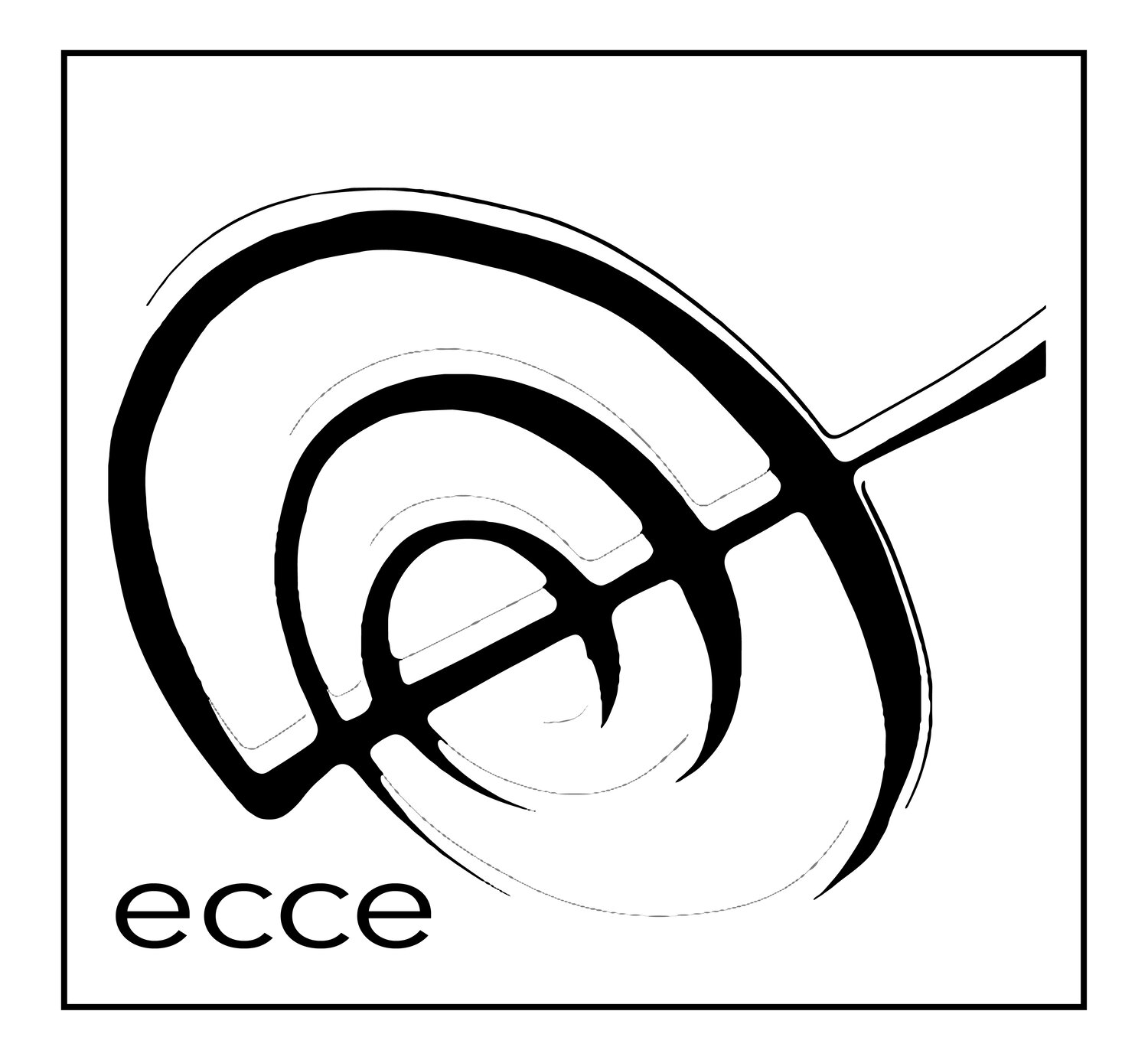Nov. 1. 8PM, 2019.
Good Shepherd Church. Lincoln Center. New York. BERTRAND | HARVEY | GEE | AYLWARD
Emi Ferguson, flutes; Hassan Anderson, oboe; Barret Ham, clarinet;
Sage Park, violin; Martine Thomas, viola; Issei Herr, cello;
Don Berman, piano; Dennis Sullivan, percussion;
Nina Guo, Voice;
Oliver Hagen, conductor.
Ecce Ensemble’s first concert of the 2019-20 season features exploratory works by Christophe Bertrand, Jonathan Harvey, Erin Gee, and the ensemble’s Artistic Director, John Aylward.
Ecce learned of the French composer Bertrand when collaborating two seasons ago with ensemble Court-Circuit. At that event, at Roulette Intermedium in Brooklyn, New York, Court-Circuit shared an extraordinary work of Bertrand’s that captivated Ecce’s members. Since then, we’ve been fascinated by this extraordinary composer and dedicated to performing his music. You can read more on Bertrand’s La Chute du Rouge, which will be performed at the event, below.
For years, Ecce has had a collaborative relationship with composer Erin Gee. We have championed her work in New York before, most recently at events at the DiMenna Center. In 2016, Erin was our composer-in-residence during a week-long residency at Tulane University with composer Maxwell Dulaney. In 2018, Erin was a featured guest composer at our summer festival in Auvillar, France. Erin brought fresh energy and excitement to our group and we raised our level to meet her challenging spirited works. We were thrilled to perform Mouthpiece XXVIII for this event.
To complement Erin Gee’s fascinating vocal explorations, we programmed as a contrasting work, Jonathan Harvey’s Chu. Named after the Tibetan word for Bird, the piece sets Soname Yangchen's poetry to voice, clarinet and cello. Harvey’s mythic and fantastical setting evokes what he calls both the ‘destructive aspects of the universe’ and an ‘aspiration toward freedom’. You can read more about Harvey’s notes on the work below.
Finally, blending the mythological impulses of Harvey with the florid textures of Erin Gee and the contemporary French harmonic palette reminiscent of Bertrand, Aylward’s Ananke is a work of fractured continuities all evoking the impulses and desires of the Three Fates: Clotho, the spinner, Lachesis, the giver, and Atropos, the inflexible. As if in timeless conversation, the music embodies these characters as tensions rise, fall until one wins out, perhaps as a destiny unfolds.
Christophe Bertrand’s note on La Chute du Rouge (Translated, Aylward)
La Chute Du Rouge, a piece composed in 2000, draws its formal organization from the Japanese tanka model (aba / bb). From this, an interweaving of several symmetries (axial or central) both in the large form and in parameters such as speed variations or harmonic density, are developed. This composition finds its inspiration in the eponymous painting of the painter Philippe Cognée, in which matter seems animated by an internal effervescence, thanks to the thickness and the intensity of the dominant red. It is this aspect of agitation of the interior, which is at the base of the different sections.
The first part begins very slowly, where the different effects of the instruments, the almost imperceptible deviations of the same sound create a constant animation (vibratos, tremolos, etc.). This leads to an acceleration in the harmonic field composed of three notes bringing a first saturation, wild and chaotic. Suddenly, a new harmonic field makes its appearance, with an evanescent and impalpable character, shimmering harmonics and murmurs gradually leaving room for a brief cadence which consists of an immense and relentless crescendo: a new climax is reached, which erodes little by little in a very rhythmic passage, gradually, slower and quieter. A crystalline chord based on the harmonics of the pitch E (used in ostinato in the previous section) brings about a clarinet cadenza, a short interlude based in a synthesis of the harmonic fields developed so far. The next passage, a mirror of the introduction, is calmer, but this time, the 'B' section is projected in space, and is no longer polarized in the same register. Repeated notes accentuate the internal agitation of the sound, and from these repetitions arises a very rhythmic ostinato and crescendo, progressive and ferocious, evolving in all directions by the appearance of arpeggios and clusters. Then, an agitated flourish then rises up to a trill after a short passage. The trill, like Escher's Metamorphoses, gradually transforms into a diatonic chord, which disappears in a short coda, allowing the piece to return to silence that it had left for eleven minutes.
Jonathan Harvey’s note on Chu
Commissioned by the French Ministry of Culture (a State commission), Accroche Note and Festival Musica (Strasbourg). CHU is a homage to the courageous and peaceful spirit of those Tibetan people who are suffering the oppression of their country and rape of their culture: and a memorial to the two million who died. Part of the traditional Praise in Twenty-one Homages to Tara is set, and as coda, a brief poem by Soname Yangchen, the singer who escaped from Tibet in a hazardous journey at night time over the mountains. The soprano sings in Tibetan: a clarinet and cello are extended into the bass region by firstly a contra-bass clarinet and secondly the detuned lower strings of the cello, tuned to low Gs. The rough low sounds correspond to the 'wrathful' aspect of this beloved and beautiful figure of Tara, in which she stamps in her dance on the destructive forces of the universe, as protector of her people. Soname Yangchen's poem takes the image of a bird (chu) to articulate an aspiration towards freedom. I am extremely grateful to her for permission to use her text and for her help with Tibetan pronunciation.









